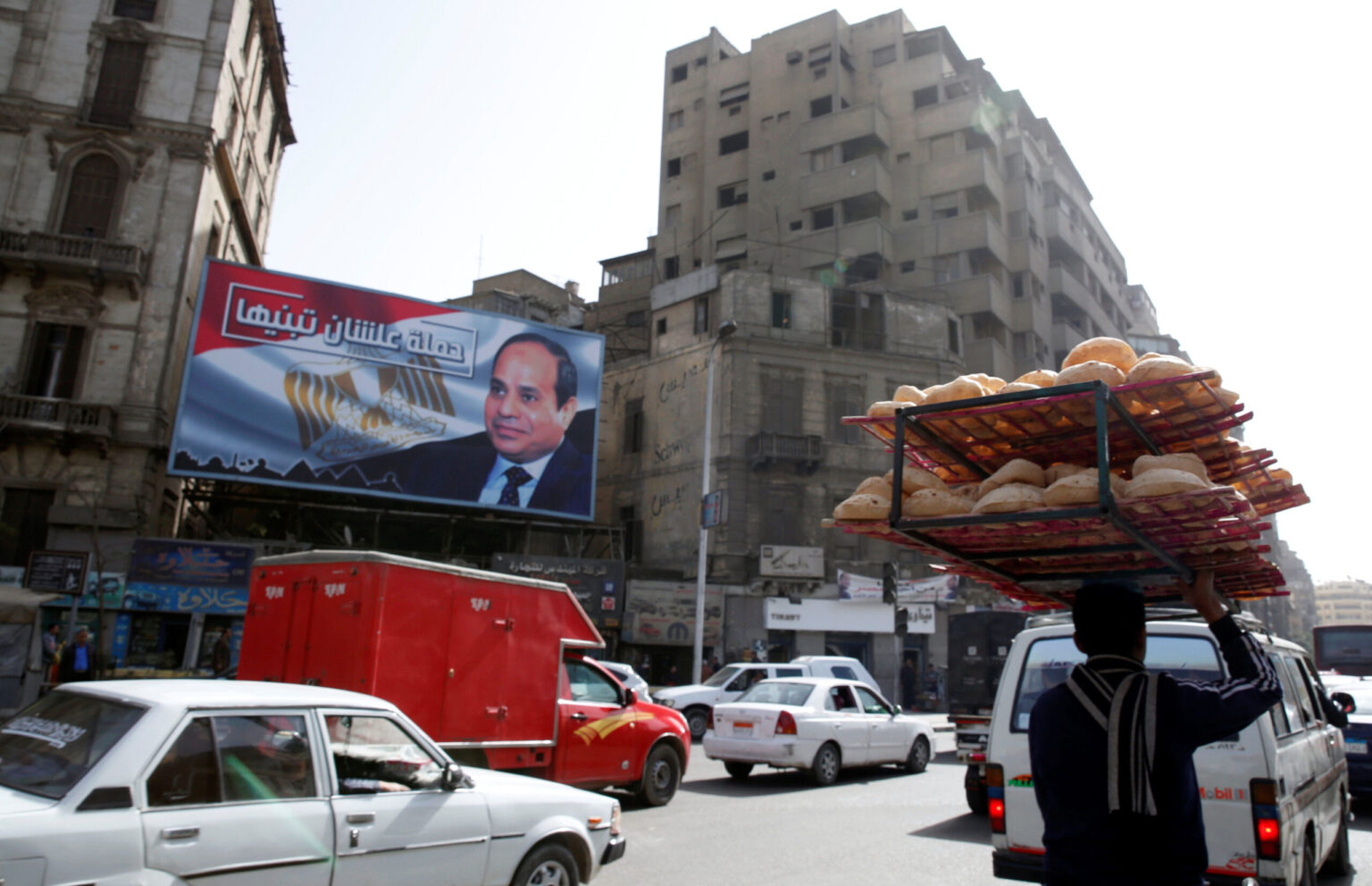Egypt’s Economic Quandary: A Political Legacy Beyond Numbers
Egypt, with its abundant natural resources and advantageous geographic positioning, seems poised for prosperity. The country, home to the economically crucial Suez Canal, connects North America and Europe to the Indian Ocean, making it a linchpin in international trade. The canal is one of the world’s busiest maritime routes, reinforcing Egypt’s pivotal role in global commerce. Yet, Egypt’s economic narrative is far from a simple success story. Despite its inherent advantages, the nation’s economy has grappled with enduring challenges over the past seven decades.
Cultural Wealth and Renewable Potential
Egypt’s allure extends beyond its strategic location. The country is a treasure trove of cultural heritage, housing seven UNESCO World Heritage Sites, including the iconic Great Pyramid of Giza. This rich cultural backdrop, coupled with cost-effective travel options due to the devaluation of the Egyptian pound (LE), positions Egypt as a prime tourist destination. However, realizing this potential has been a consistent struggle. From 2014 to 2022, Egypt’s tourism revenue hovered around $8-9 billion annually, a modest figure when compared to the United Arab Emirates’ average of $30 billion during the same period.
Beyond tourism, Egypt’s geographical attributes offer significant potential for renewable energy. With abundant sunlight and high wind speeds, the country is ideally suited for solar and wind energy markets, representing a sector with multi-billion dollar opportunities. Still, despite these promising factors, Egypt’s economic trajectory has been marred by persistent vulnerabilities and structural weaknesses.
Demographic and Economic Realities
Egypt’s population, estimated at 115 million, represents about 1.4% of the global populace. A substantial portion—60%—is under the age of thirty, providing a burgeoning workforce ready to enter the job market. Yet, high poverty rates plague the nation. World Bank statistics illustrate a concerning rise in poverty, with the proportion of people living below the poverty line increasing from 25.2% in 2010 to 32.5% in 2018.
Moreover, Egypt’s foreign direct investment (FDI) inflows have been relatively modest. In 2020, the country attracted $11 billion in FDI, a figure far below that of other middle-income countries such as India ($50 billion) and Brazil ($70 billion). The trade deficit, another critical metric, stood at $37 billion by the end of 2023, down from $48 billion in 2022.
Fiscal deficits have also been a persistent challenge, averaging 9.5% of GDP over the past decade. This has led to substantial public debt, with external debt stocks soaring from an average of $40 billion post-Arab Spring to $130 billion in 2020. This includes 70% long-term debt, compounded by volatile revenue sources like tourism and foreign remittances. External shocks, such as the COVID-19 pandemic and conflicts like the Ukraine war, have further exacerbated economic pressures.
The Political Economy of Ideas
Given these persistent economic hurdles, it’s easy to attribute Egypt’s struggles to macroeconomic mismanagement. However, this perspective might overlook the deeper-rooted issues embedded within Egypt’s political economy. Harvard economist Dani Rodrik’s theory of the “political economy of ideas” offers a more nuanced understanding. According to Rodrik, the ideologies prevalent within a nation significantly shape public policy and institutional reforms.
Egypt’s economic policies have historically oscillated between various ideological frameworks. Under Gamal Abdel Nasser (1950–1970), Egypt adhered to an inward-looking, import-substitution approach, characterized by nationalization and state management of enterprises. The succeeding leader, Anwar Sadat (1970–1981), attempted to pivot to a pro-market ideology with the “open door” policy, which faced severe resistance, exemplified by the 1977 Bread Riots.
Since then, Egypt’s economic strategy has combined partial pro-market reforms with lingering Nasser-era policies. This mixed approach has hindered the country from fully embracing a cohesive, long-term economic vision, resulting in a slow and inconsistent implementation of necessary reforms.
The Path Forward
For Egypt to truly harness its potential, a robust pro-market ideology must be cultivated, accompanied by clear political incentives. Historical examples from countries like South Korea, Turkey, and post-apartheid South Africa demonstrate how strong ideological commitments to pro-business policies can drive economic transformation. Egypt, however, continues to operate on a piecemeal reform basis, creating uncertainties that deter both local and foreign investments.
Addressing Egypt’s economic challenges requires more than just macroeconomic adjustments. It’s crucial to reassess and redefine the political and economic ideologies guiding the nation’s policies. Without a cohesive, long-term pro-market strategy, Egypt’s economic reforms risk perpetual stagnation.
For more information on Egypt’s economic landscape, visit the official website.
Image caption: A man rides a bicycle carrying breads on his head along a busy street near a poster of Egypt’s President Abdel Fattah al-Sisi in Cairo, Egypt, January 22, 2018. REUTERS/Amr Abdallah Dalsh.
